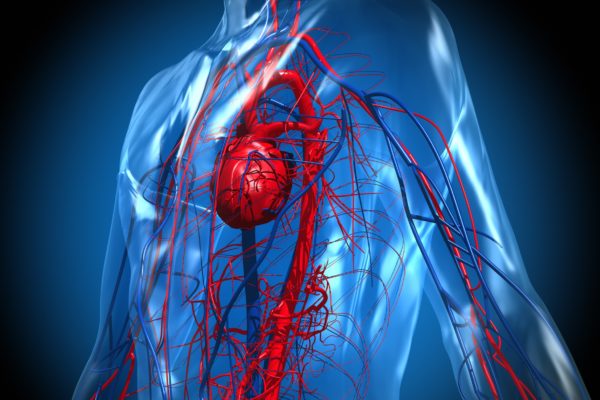
Stoma Ilco vzw, patient support group for people with a colostomy (Dutch)
Anal cancer is a rare form of cancer, where the malignant tumour occurs in the area of the anus or in the perianal area. If the tumour occurs in the perianal skin it will generally be in a ring-shaped area between 2 to 5 centimetres around the anus. The most prevalent form of anal cancer is squamous cell carcinoma. Anal cancer is not the same as rectal cancer. The anus forms part of the digestive tract, and consists mainly of a sphincter that closes the rectum off.
Even though anal cancer is a relatively rare type of cancer, there has been a steady rise in people being diagnosed with the disease over the last ten years. In Belgium, there are around 200 new cases annually, with women being afflicted considerably more than men. In 2015, 130 women were diagnosed with anal cancer, compared to 79 men. Most patients are between 55 and 65 years old.
Patients with anal cancer can experience the following symptoms:
As with many types of cancer, it is difficult to pinpoint an exact cause for anal cancer. One known risk factor is prolonged exposure to the human papilloma virus (HPV). Around 90% of all anal cancer patients have also contracted an HPV infection.
Other risk factors include:
When a G.P. suspects a patient may have anal cancer, there will be a physical exam, and when it is deemed necessary the patient will be referred to an intestinal specialist, who will conduct further tests. These include biopsies, MRI-scans, endo-echography and PET-scans.
After a positive diagnosis for anal cancer, the stage of advancement is established, in order to formulate the optimal treatment plan. Type, location and stage of the tumour are important factors in this process. In anal cancer, the TNM-classification system is used. The T stands for the primary tumour, the N denotes the occurrence of metastasis in the lymph nodes and M denotes metastasis in other organs of the body.
Anal cancer develops along four stages.
The differentiation of the tumour is an important factor in establishing a prognosis and treatment plan. This can be determined on the basis of a biopsy. A biopsy involves the removal of a small bit of tissue that can be examined under a microscope. Differentiation determines the degree of mutation in the cancerous cells.
When the nature and severity of the tumour has been established, the medical team will come up with a treatment plan. In the case of anal cancer this can involve radiotherapy, chemoradiation or operation. Targeted therapy with BRAF-, EGFR- and kinase inhibitors are also an option for eligible patients.
If the cancer is detected in one of the earlier stages, it can be removed through an operation. Beforehand, the surgeon assesses whether the sphincter function can be maintained. When this is not the case, patients usually undergo chemoradiation; a combination of chemotherapy and radiation. Around 70 to 80 percent of tumours will disappear as a result of chemoradiation.
If chemoradiation does not bring the desired result, the entire anus will be removed in an operation. Inevitably this means that the patient will have to undergo a colostomy.






